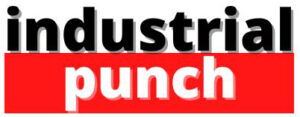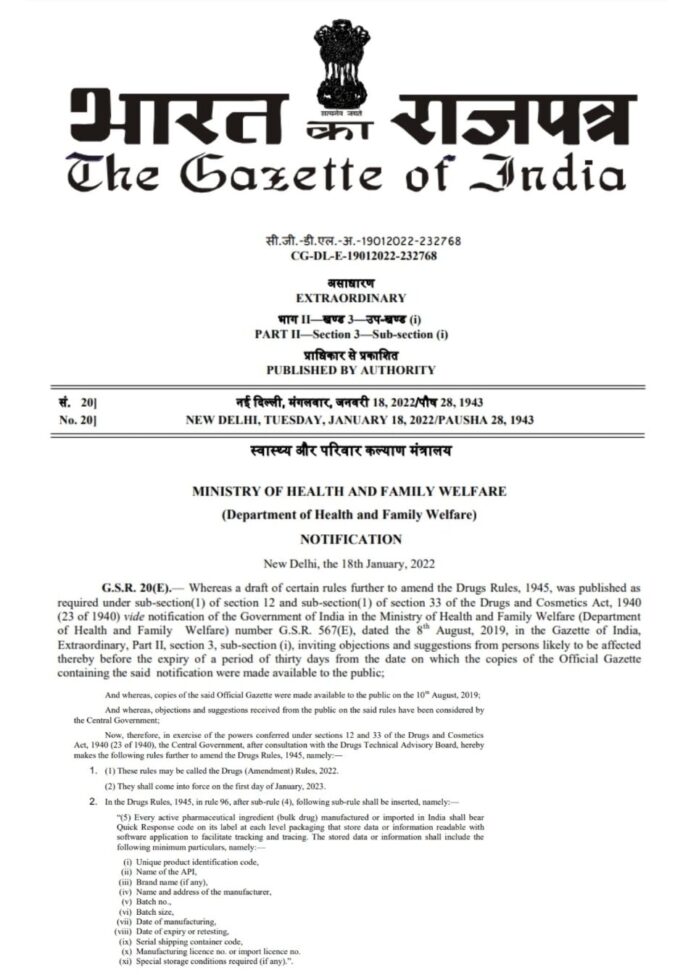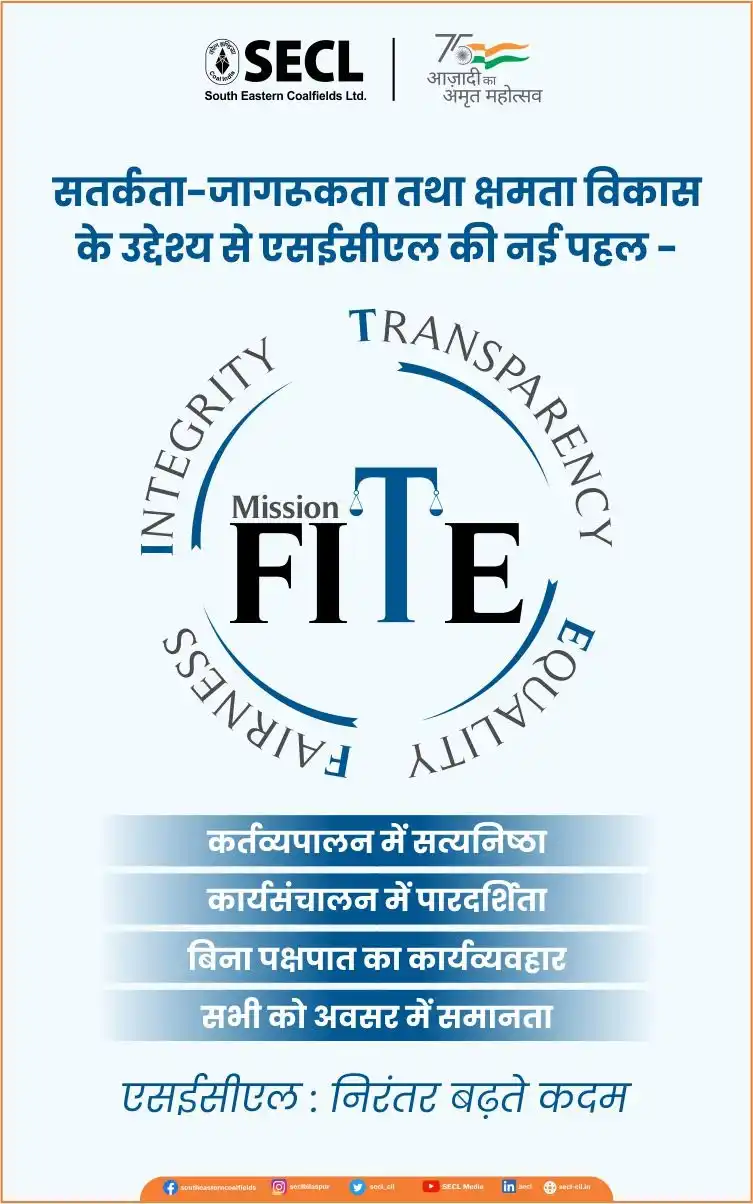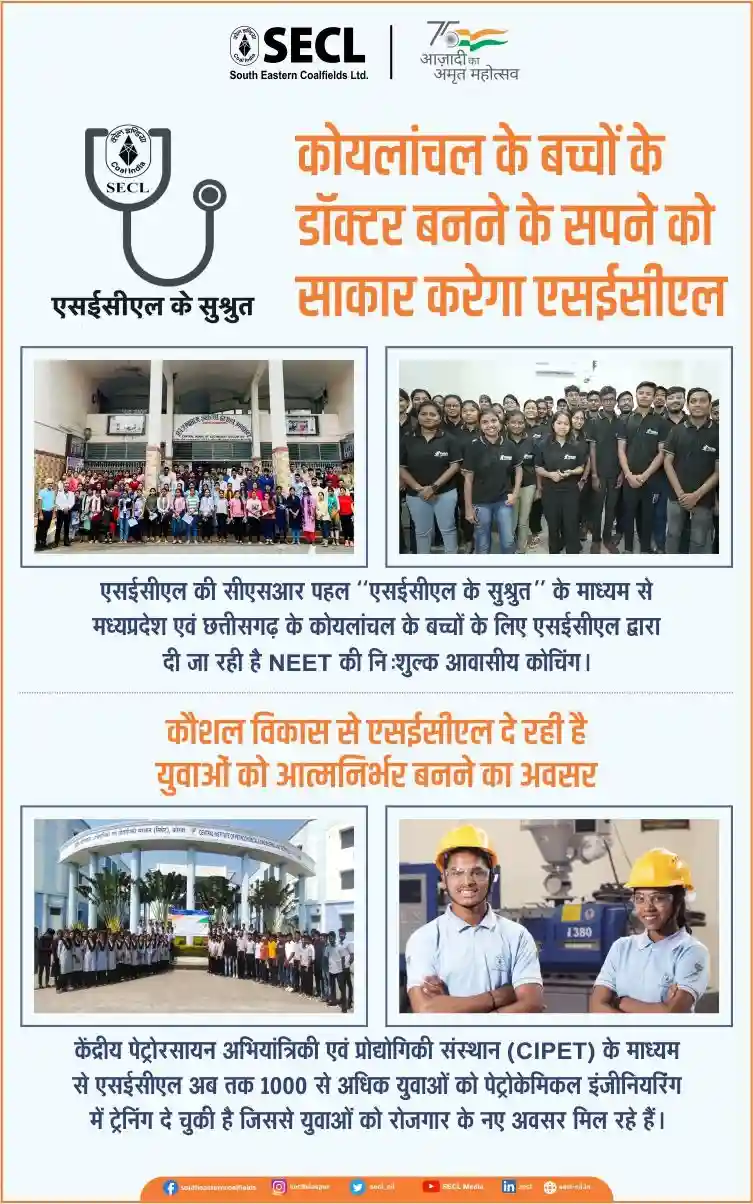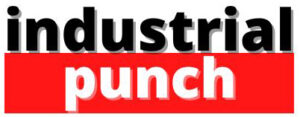India has become one of the few countries in the world to have taken the battle of counterfeit drugs seriously. It was claimed in many reports that 20% of the medicines circulated in India are fake. Whereas, according to a government report, 3% of medicines are of substandard quality.
Hence, after a meticulous procedure, the government has made it mandatory to put QR codes on Active Pharmaceutical Ingredients (APIs), medicines and drug packs sold in the domestic market to curtail the menace of spurious and substandard drugs in the country. The QR code will help track and trace medication during the entire supply chain and ensure its authenticity.
The new rule will be applicable from January 1, 2023. This new rule will help in distinguishing between genuine and counterfeit drugs much easier. It will also help in ensuring fair pricing and curtailing counterfeit and smuggled drug items that may endanger people’s health. With a single scan, the QR code will tell the customer everything about medicines, even shipping details, batch, licence no.& import licence.
The mandatory QR Codes on all medicine packs will ease passing the benefit of fair pricing to consumers as it will keep updated about any decrease or increase in the price. The QR Code scanner is also linked to a software that has price data of all brands.
This is supervised by The National Pharmaceutical Pricing Authority. Any change in the price is updated in the software. When scanned, customers get the accurate price of medicine. And hence, can pay accordingly.
In July 2020, a high-level panel, headed by Union health secretary, has been set up to work on a framework to implement QR code for drug packs a couple of days back following a meeting of key officials from the health ministry, Department of Pharmaceuticals (DoP), commerce ministry, Niti Aayog and Prime Minister’s Office in this regard.
Taking serious note of the spread of counterfeit drugs, NITI Aayog proposed a plan to put the entire drugs inventory made and consumed in the country on blockchain which stops the entry of fake drugs into the supply chain.
This process uses a highly scalable transparent protocol to assign every manufactured product an asset. The assets are then added to the blockchain and assigned a unique identification number, commonly referred to as hash.
The technology then verifies the hashes to find out whether or not the product in question is counterfeit or legitimate.
Since the numbers would be unique to each strip and bottle sold in the market, a consumer could easily check the authenticity of drugs by sending a message to the given number and get details of the manufacturer, batch number, expiry data etc. The implementation of barcoding on drug packs was of voluntary nature.
As per the new rule, every Active Pharmaceutical Ingredient (API) manufactured or imported in India shall have QR code on its label at each level packaging that stores data or information readable with software application to facilitate tracking and tracing.
The stored data shall include unique product identification code, name of the API, brand name (if any), name and address of the manufacturer, batch number, batch size, date of manufacturing, date of expiry or retesting, serial shipping container code, manufacturing licence number or import licence number and special storage conditions required (if any).
Similar rule had already made it mandatory for all medicines procured under public procurement to have barcode/QR code at primary level packaging from April 1, 2020.
The new rule will also make it easy to trace pharmaceutical firms and acquire information like – whether there has been any tampering with the formula, where is the origin of the raw material and where is the product going.
Since 2011, the government has been trying to implement this system, but due to the repeated refusal or resistance of pharma companies, no concrete decision could be taken on it. By integrating QR codes on medicine packaging, now the pharmaceutical industries can also combat fake drugs that can impose danger to people’s health.
Follow on Facebook (https://www.facebook.com/industrialpunch) and Twitter (https://twitter.com/IndustrialPunch) for updates on social media…
